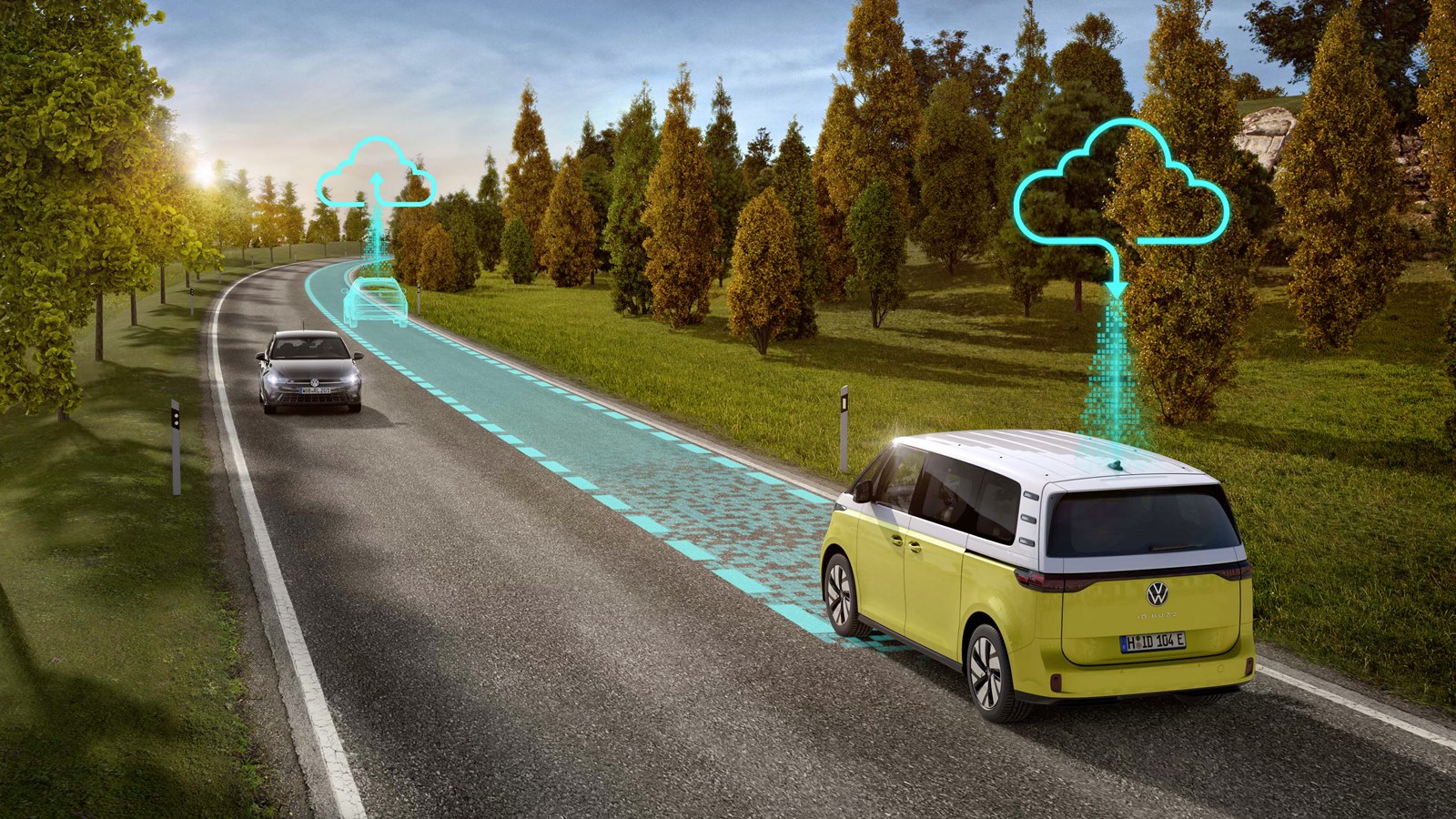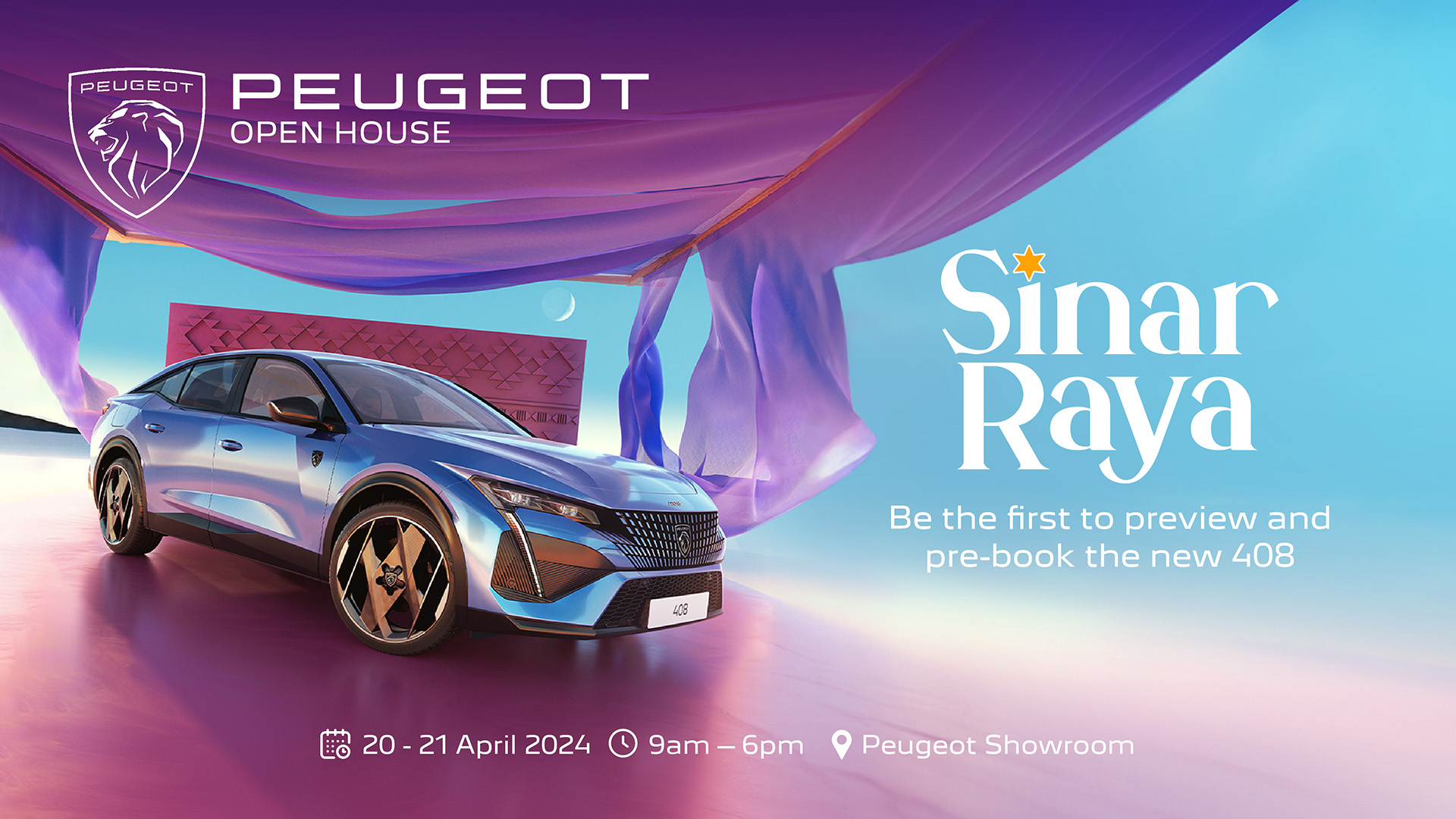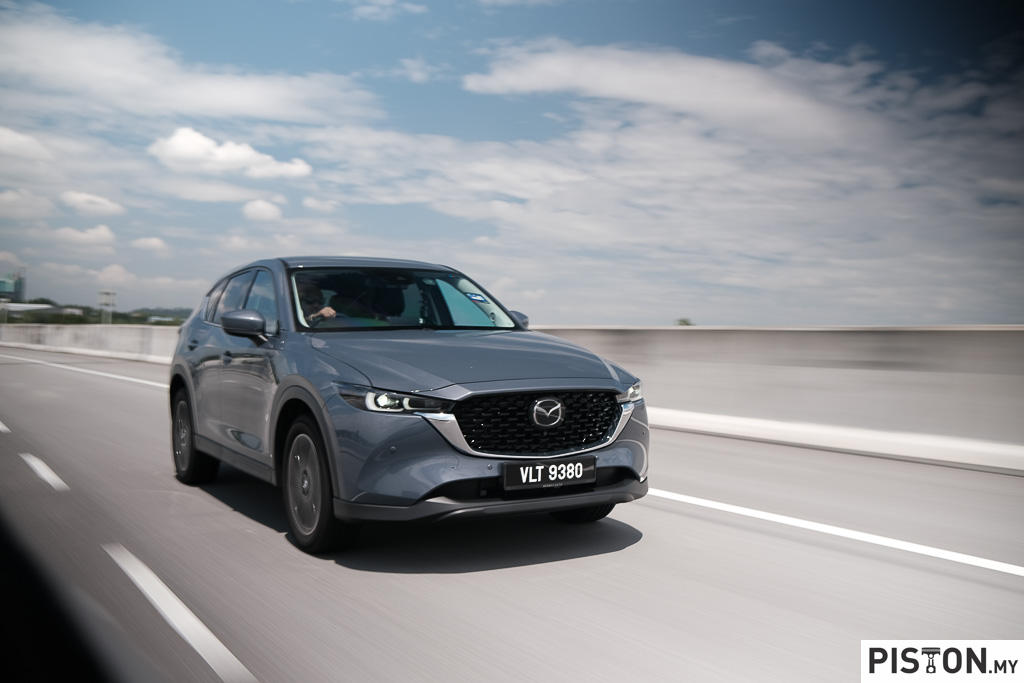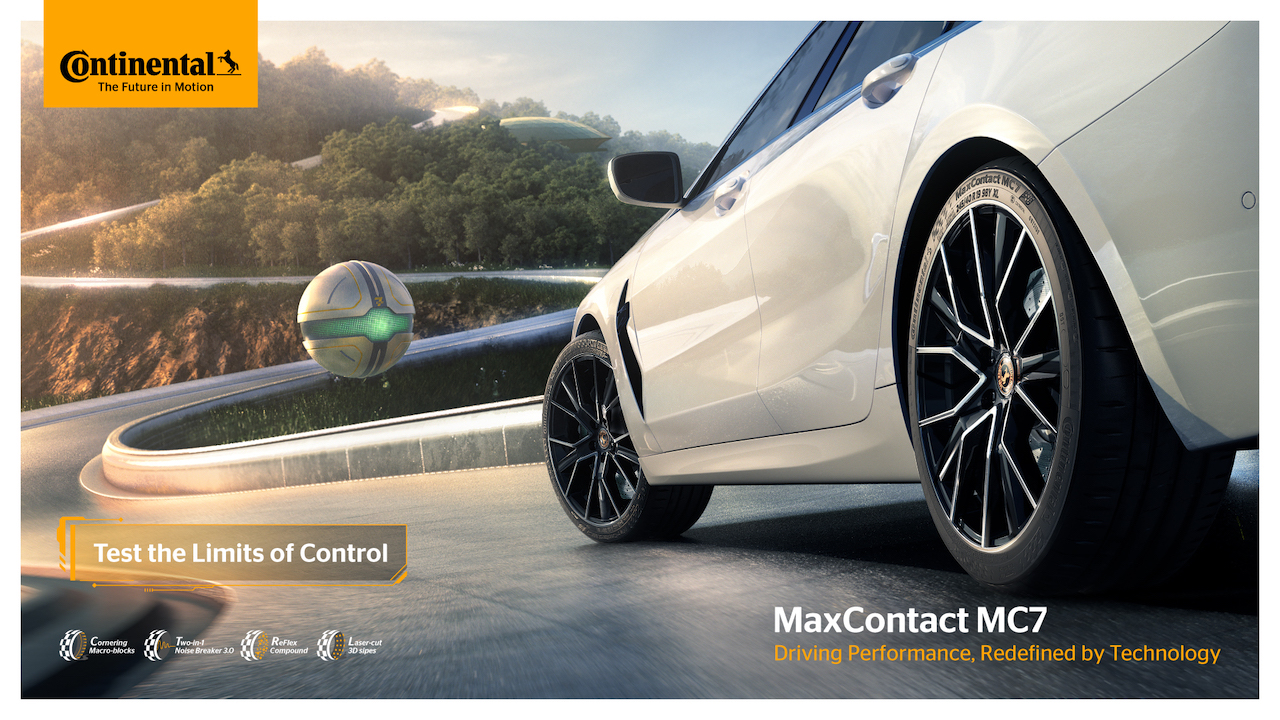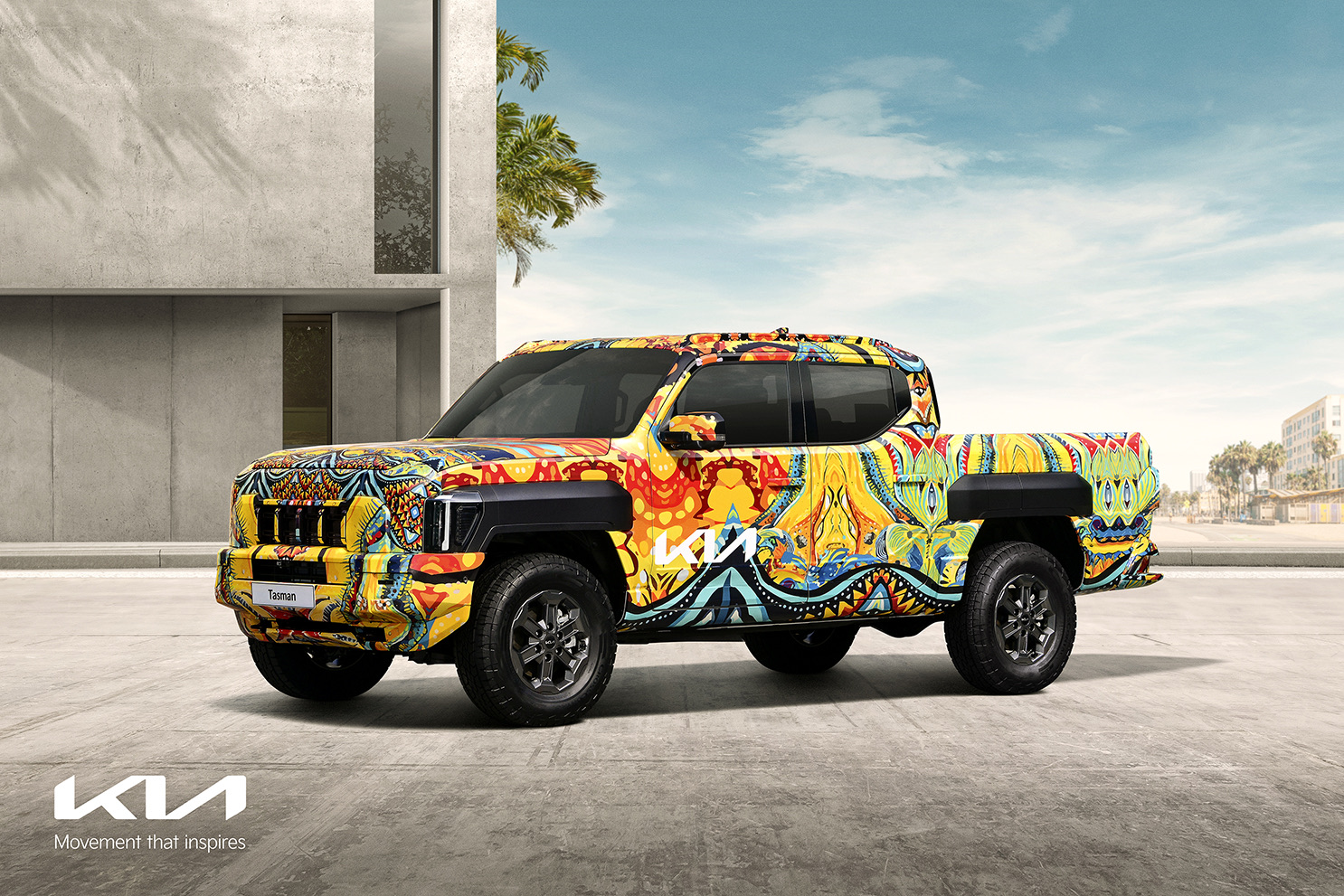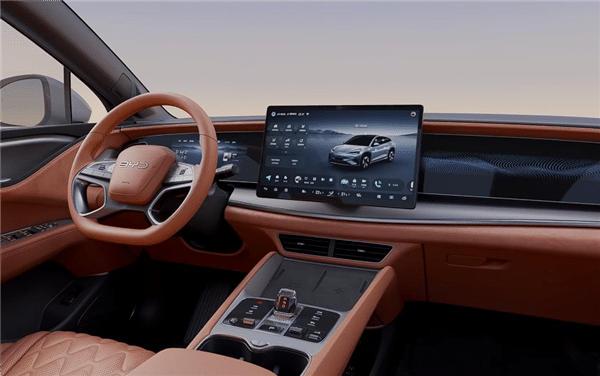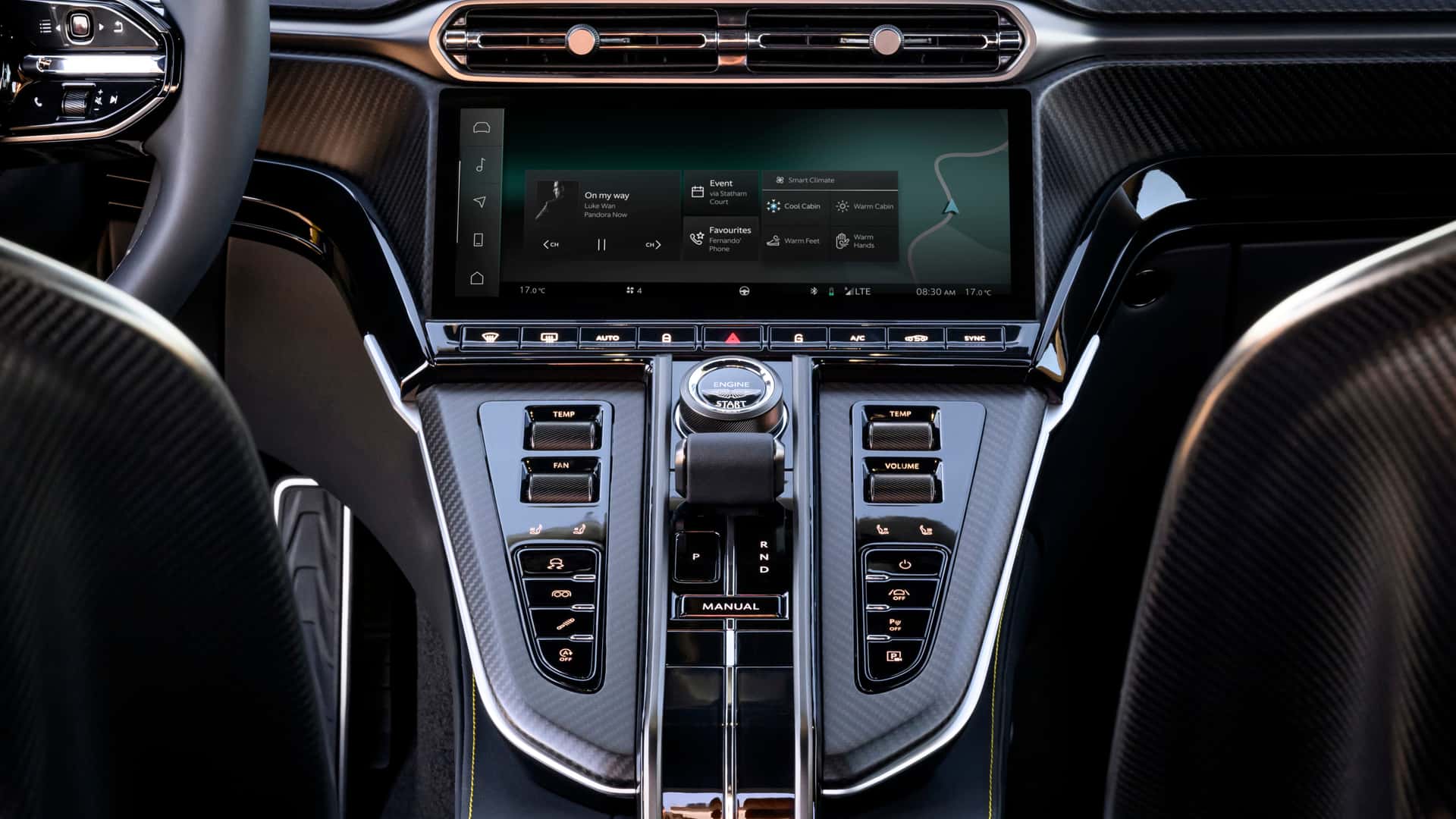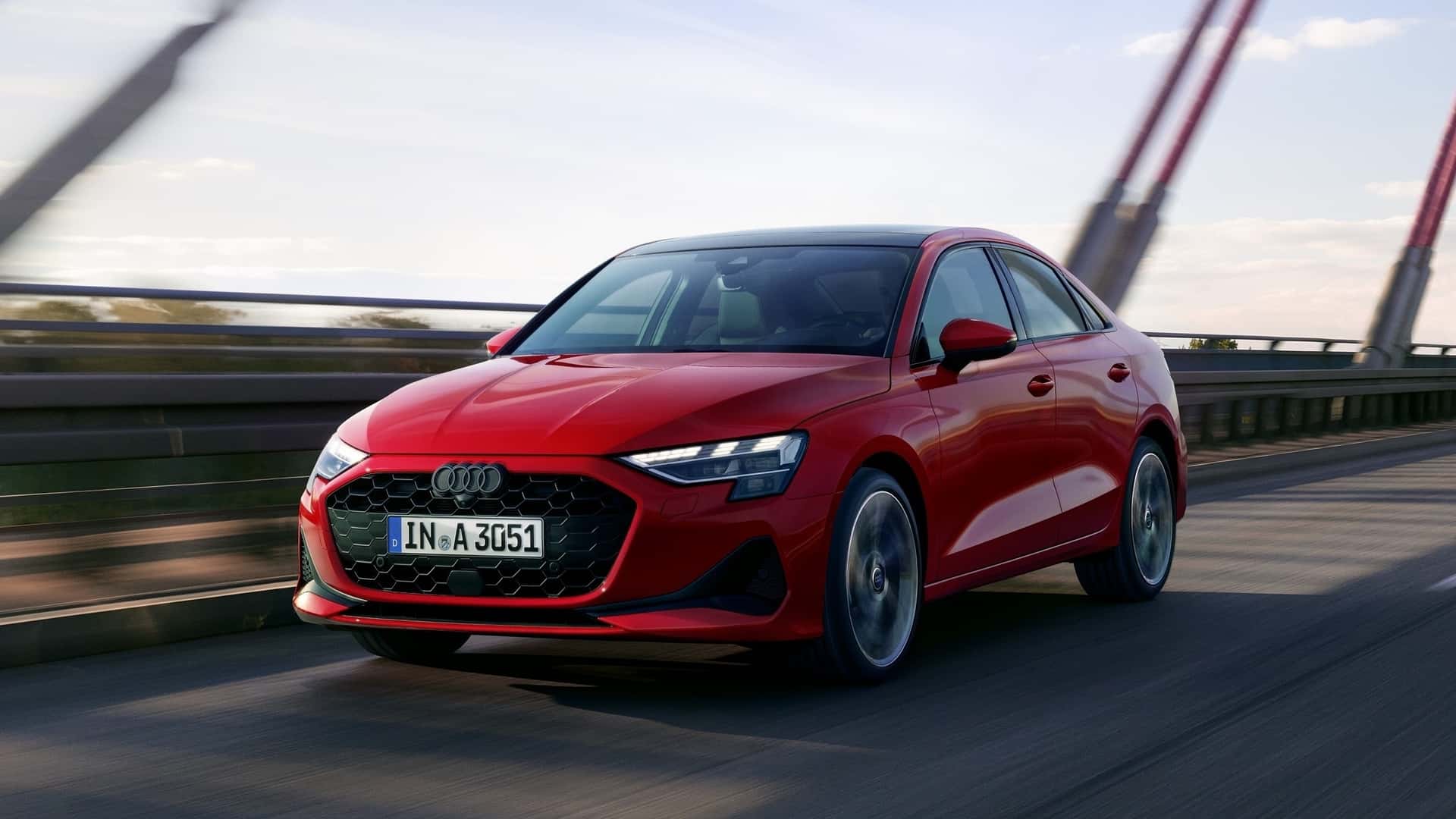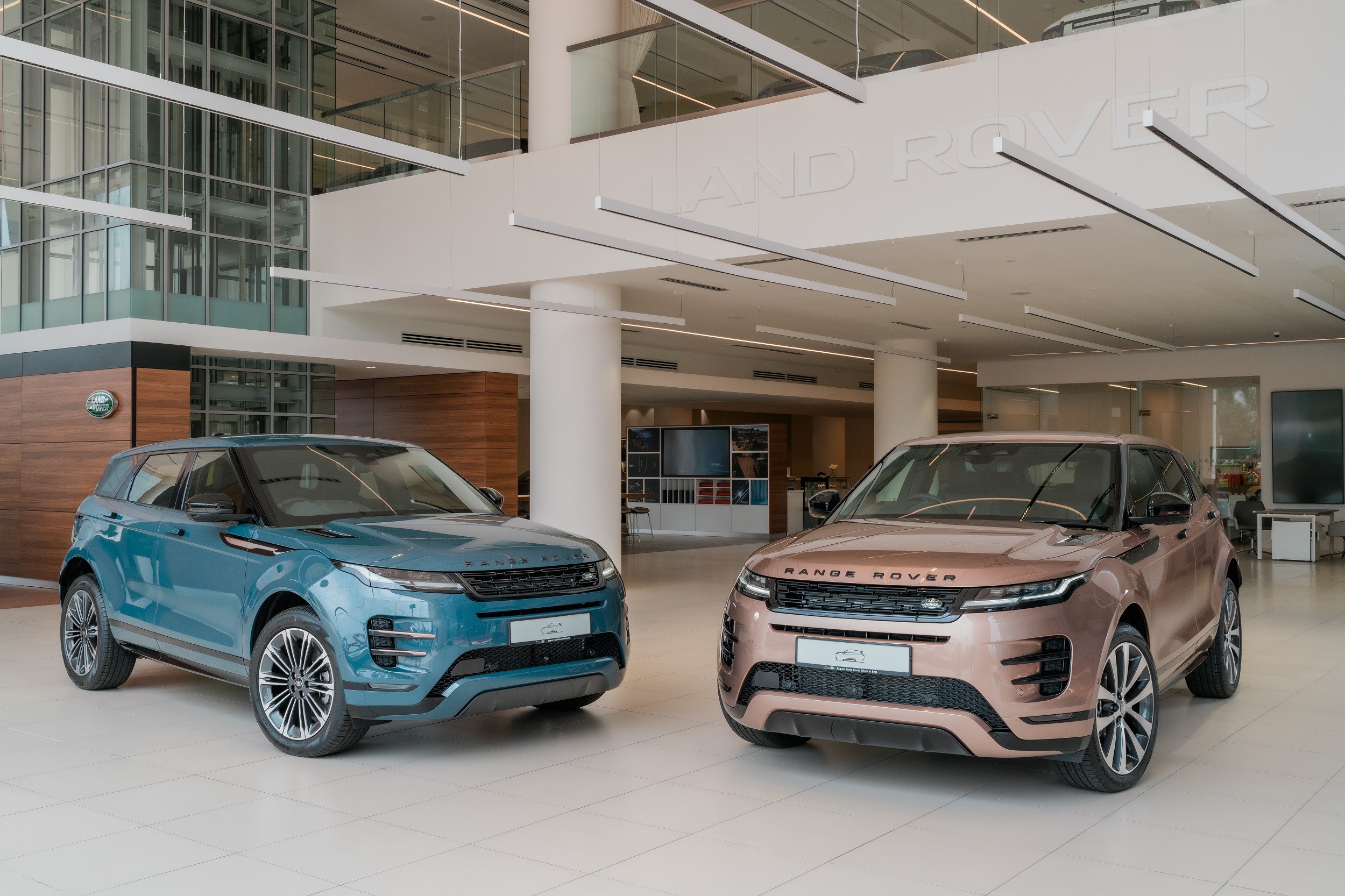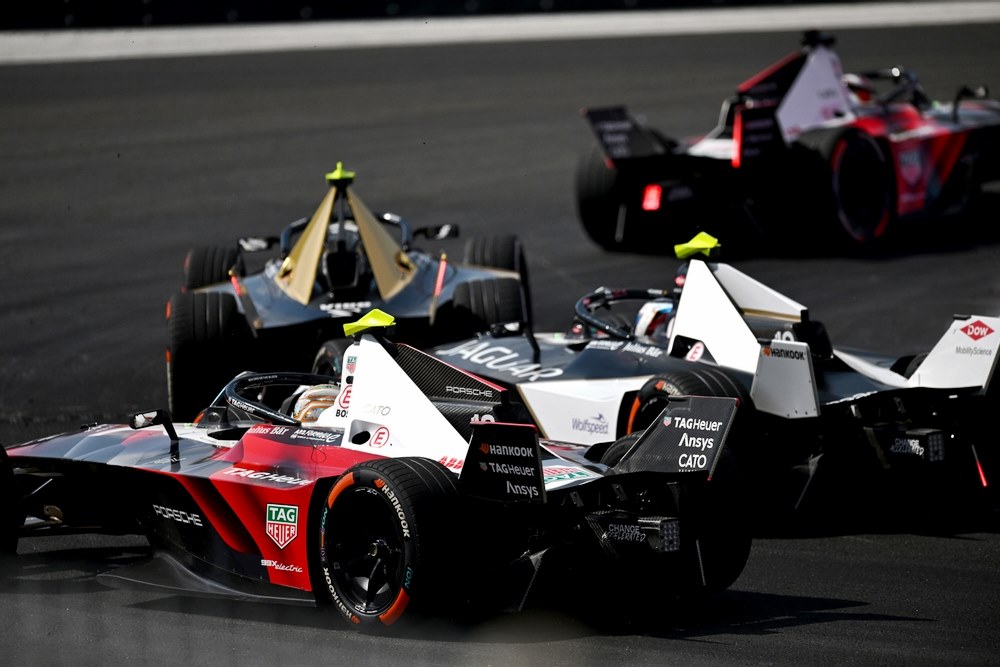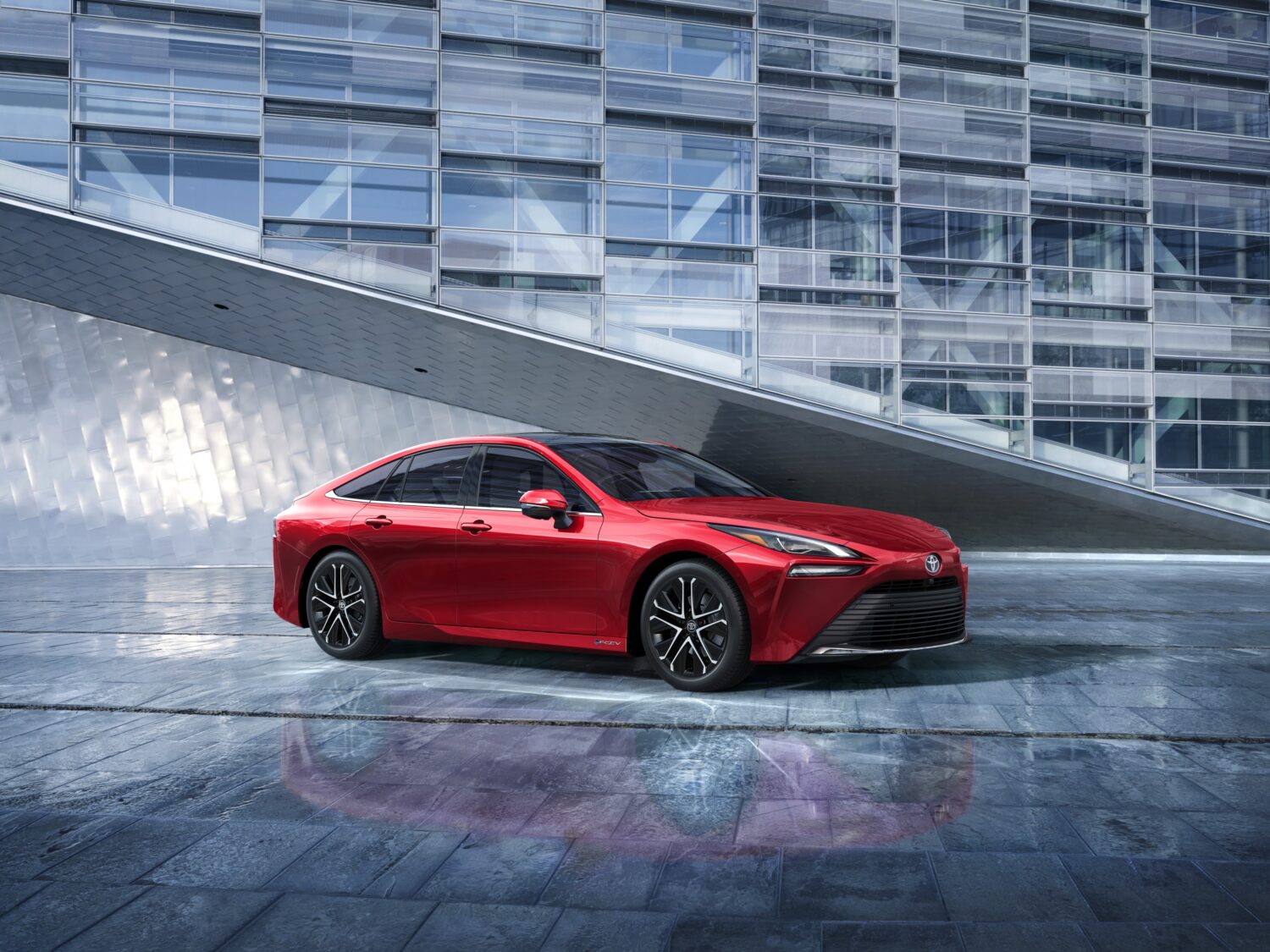Even though autonomous motoring – where the vehicle can operate and guide itself without human involvements – is still many years away, there are already a number of systems that can act autonomously to prevent accidents or reduce driving fatigue. For instance, automatic emergency braking activates if the driver does not take action in time to prevent a collision. Adaptive cruise control maintains a safe gap with a vehicle ahead by adjusting the set cruising speed.
These systems make use of cameras and radar to identify other vehicles and objects ahead, and a computer processes the data at super high speeds to determine if there is a dangerous situation. Technological advancements have seen the capabilities of the sensors increasing and accuracy of data becoming better and better. More sensors installed around the vehicle’s bodywork provide 360-degree coverage in the more advanced systems today.
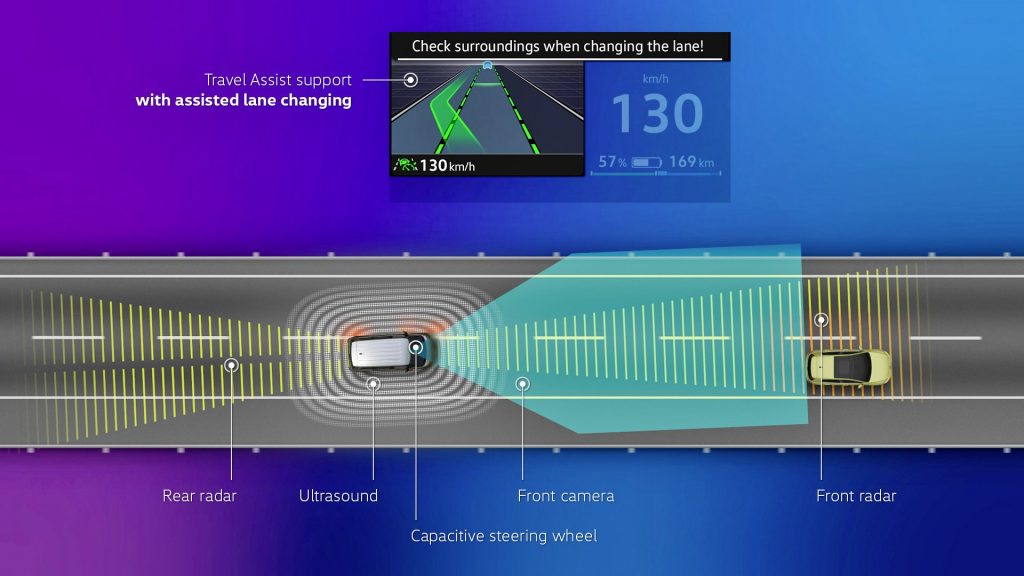
Volkswagen is constantly advancing its safety technologies and for its electric-only ID. range, it has introduced new and more sophisticated driver assistance systems either as standard or as options. The carmaker aims to make the latest technologies accessible to a wide customer base as quickly as possible.
The autonomous Travel Assist system has been enhanced with more intelligence whereby the vehicle can perform assisted lane changes on the highway (above 90 km/h) if the turn signal lever is tapped briefly. It can use swarm data or also learn recurring parking manoeuvres, making motoring more convenient.
Besides lane-keeping and adaptive cruise control, the Travel Assist system can also adapt itself to the driver’s driving style and can also keep the vehicle further left or right in the lane instead of exactly in the centre. The cruise control system is predictive the vehicle speed can be adapted to speed limits and the speed adjusted for bends, roundabouts, or winding roads.
With the use of swarm data, Volkswagen is taking the next step towards highly autonomous driving. The anonymised swarm data is generated by several hundred thousand Volkswagen Group vehicles. For this, the vehicle fleet also collects map material with specific features from the area surrounding the vehicle – such as marker lines and road signs – and automatically transmits this information to the cloud.
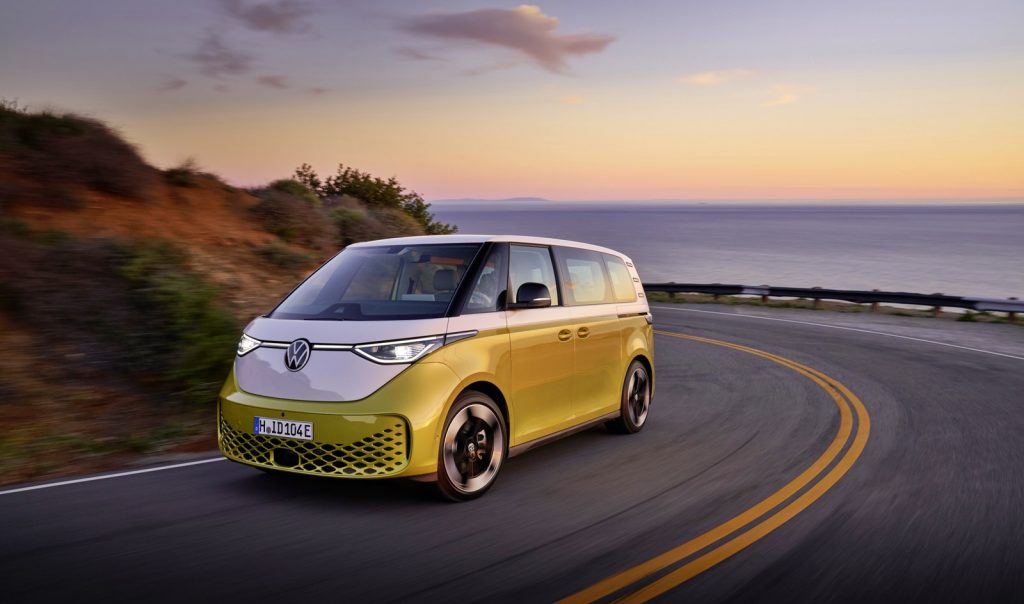
From there, individually adapted data is sent to the participating Volkswagen models that are currently driving along the relevant road sections. The database is growing all the time, thanks to the large number of participating vehicles.
Autonomous Travel Assist capability is thus increased even further by swarm data, improving comfort and the level of assistance for the driver. With anonymised swarm data from other Volkswagen models (if available), Travel Assist with swarm data can use just one identified road lane marking to keep the vehicle in lane. In this case, the assistance system is also available on country roads without a central lane marking.
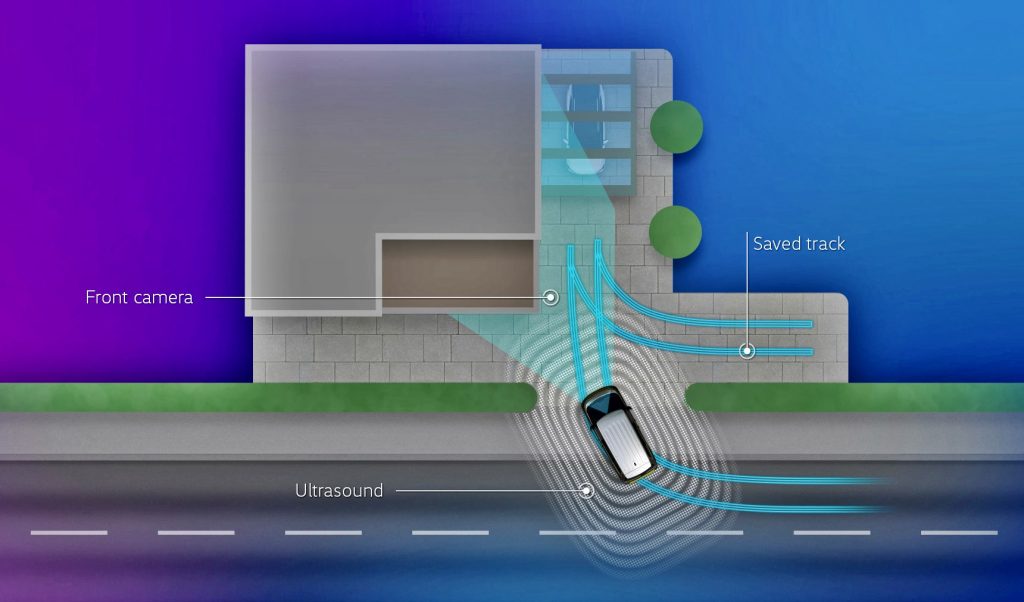
Autonomous parking assistance (including searching for a space) has been available for over 10 years and Volkswagen’s Park Assist Plus now has a memory function which can be used to teach the vehicle up to 5 individual parking manoeuvres. The memory function remembers parking procedures at speeds below 40 km/h and covering distances of up to 50 metres.
This allows the vehicle to be parked in the porch or in a garage. The driver only has to park the vehicle once and save the parking procedure. If visiting the same location, the driver will not have to do anything and just monitor the vehicle’s movements. It can also continue parking manoeuvres that have been started by the driver and complete them if possible.
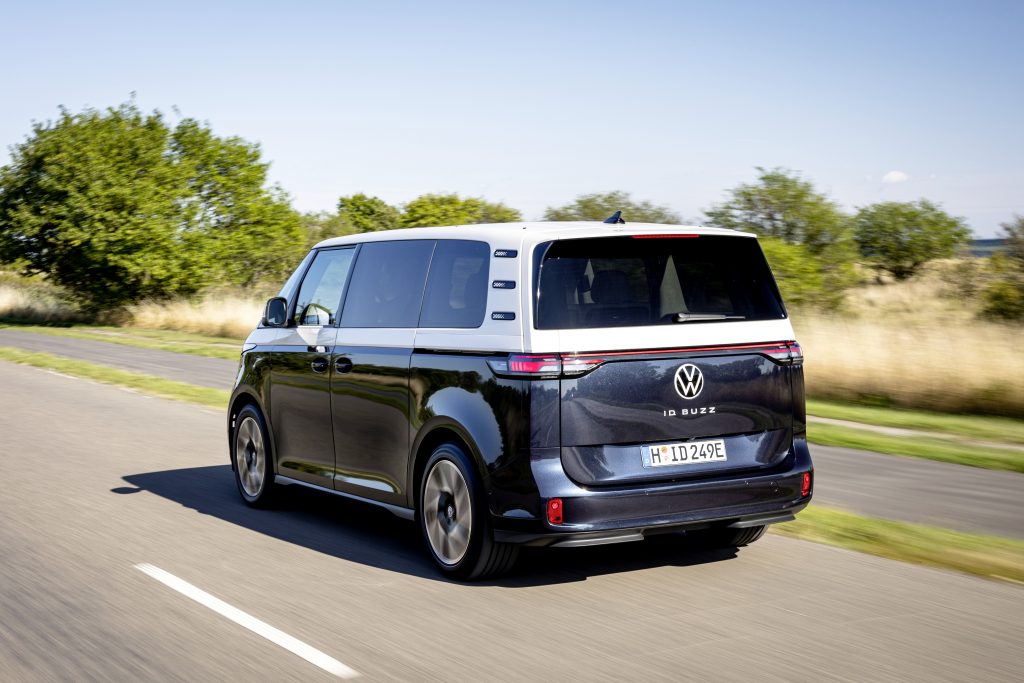
The enhanced Travel Assist autonomous features are primarily highlighted for the ID. BUZZ MPV (shown above) but are also optionally available for other ID. models (ID.3, ID.4 and ID.5). Features requiring online connectivity (ie swarm data) are presently only available in European markets.


